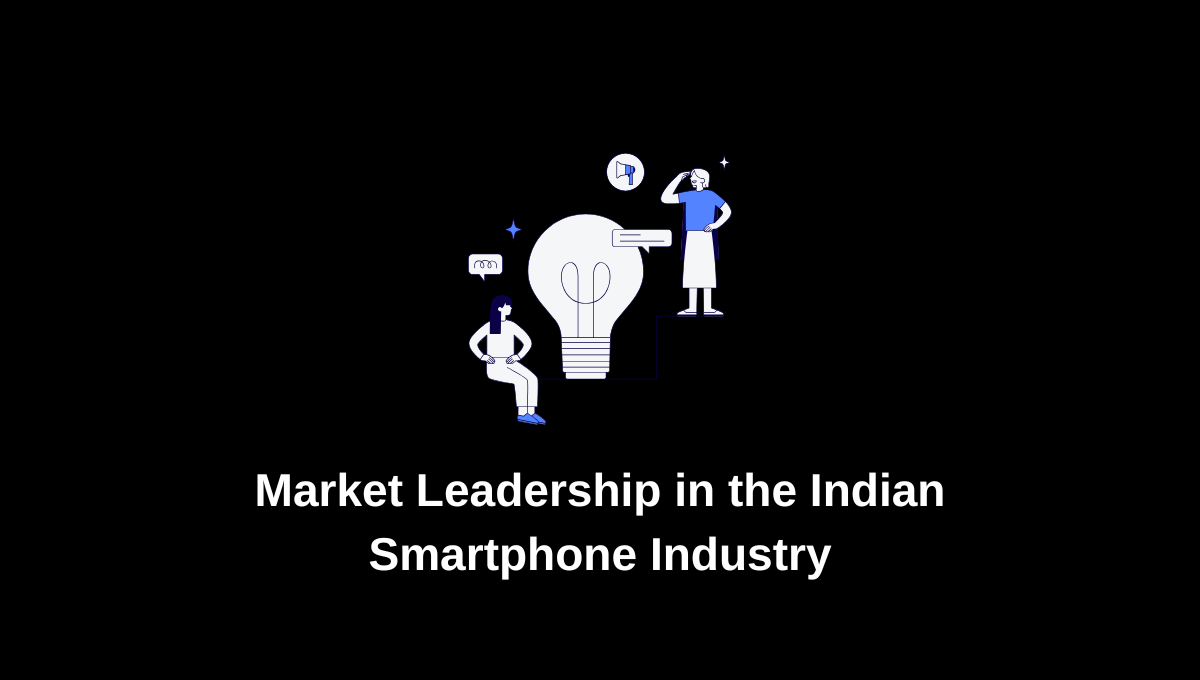Introduction
Lava International Limited, founded in 2009, is an Indian mobile handset manufacturer that has established itself as a prominent player in the domestic smartphone market. Known for its affordable devices and a commitment to local manufacturing, Lava has positioned itself as a brand that caters primarily to budget-conscious consumers. This analysis explores Lava’s journey, strategies, challenges, and its impact on the Indian smartphone landscape.
The Evolution of Lava
Origins and Early Growth
Lava started as a brand focused on feature phones and gradually transitioned to smartphones as consumer preferences evolved. The launch of the Lava Iris in 2013 marked its entry into the smartphone segment, and the device was well-received for its affordable pricing and decent specifications.
Lava capitalized on the increasing demand for smartphones in India, particularly in rural and semi-urban areas, where access to affordable technology was limited. By focusing on this segment, Lava quickly gained traction and established itself as a recognizable brand.
Market Penetration
Lava’s strategy to target tier-II and tier-III cities has been crucial for its growth. The brand has developed a robust distribution network, ensuring that its devices are available in various retail outlets across the country. Additionally, Lava’s marketing efforts often emphasize its Indian roots, appealing to nationalist sentiments among consumers.
Characteristics of Lava as a Market Leader
- Affordability: Lava is primarily known for offering budget-friendly smartphones, making technology accessible to a broad audience.
- Localized Manufacturing: As part of the “Make in India” initiative, Lava emphasizes local manufacturing, contributing to job creation and reducing reliance on imports.
- Diverse Product Range: Lava offers a variety of smartphones across different price segments, catering to various consumer preferences and needs.
- Strong Distribution Network: The brand has built a comprehensive distribution network, ensuring its products are available in both urban and rural markets.
- Customer-Centric Approach: Lava focuses on understanding local consumer needs and preferences, allowing it to tailor its offerings accordingly.
Strategies Employed by Lava
- Focus on Value for Money: Lava prioritizes delivering quality smartphones at competitive prices, appealing to budget-conscious consumers and ensuring good value.
- Regional Marketing: Lava employs regional marketing strategies, utilizing local languages and culturally relevant themes to connect with diverse consumer segments.
- Partnerships and Collaborations: The brand collaborates with local retailers and distributors to enhance reach and improve customer service, particularly in rural areas.
- Investment in R&D: Lava invests in research and development to improve product quality and introduce innovative features that meet the evolving demands of consumers.
- After-Sales Support: Providing reliable after-sales service helps Lava build trust and loyalty among its customers, enhancing its overall brand reputation.
Challenges Facing Lava
- Intense Competition: The Indian smartphone market is saturated with competitors like Xiaomi, Realme, and Samsung, making it essential for Lava to continuously innovate to maintain its market share.
- Brand Perception: While Lava is recognized for its affordability, it may struggle to compete with brands that are perceived as offering higher quality or more advanced technology.
- Market Saturation: The influx of numerous budget smartphone brands has led to market saturation, making it challenging for Lava to differentiate itself.
- Supply Chain Issues: Global supply chain disruptions can impact production capabilities and lead to delays in product launches and availability.
Impact on the Smartphone Market
- Driving Affordability: Lava has played a significant role in making smartphones affordable for the masses, encouraging other manufacturers to adopt similar pricing strategies.
- Promoting Local Manufacturing: Lava’s commitment to local manufacturing aligns with the “Make in India” initiative, which supports economic growth and job creation.
- Shaping Consumer Expectations: By focusing on value-for-money propositions, Lava has influenced consumer expectations regarding smartphone features and pricing in India.
- Increasing Digital Adoption: Lava’s affordable smartphones have contributed to increased smartphone penetration, facilitating greater digital connectivity and usage among the Indian population.
Future Outlook
Expansion Plans
Lava aims to strengthen its market position by launching new products that incorporate advanced features while maintaining affordability. The brand is likely to focus on expanding its presence in tier-II and tier-III cities, where smartphone adoption is on the rise.
Technological Advancements
To remain competitive, Lava will need to invest in research and development to introduce innovative features that appeal to tech-savvy consumers, including advancements in camera technology, battery life, and software enhancements.
Sustainability Initiatives
With growing consumer awareness regarding environmental issues, Lava’s commitment to sustainability will be vital. Implementing eco-friendly practices in manufacturing and packaging can enhance its reputation and appeal to environmentally conscious consumers.
Conclusion
Lava’s journey from a feature phone manufacturer to a significant player in the Indian smartphone market highlights its commitment to affordability and local market understanding. Despite facing challenges from intense competition and changing consumer preferences, Lava has the potential to regain its foothold through innovation and strategic marketing. As it navigates the evolving landscape, its impact on the Indian smartphone industry and consumer behavior will continue to be significant
